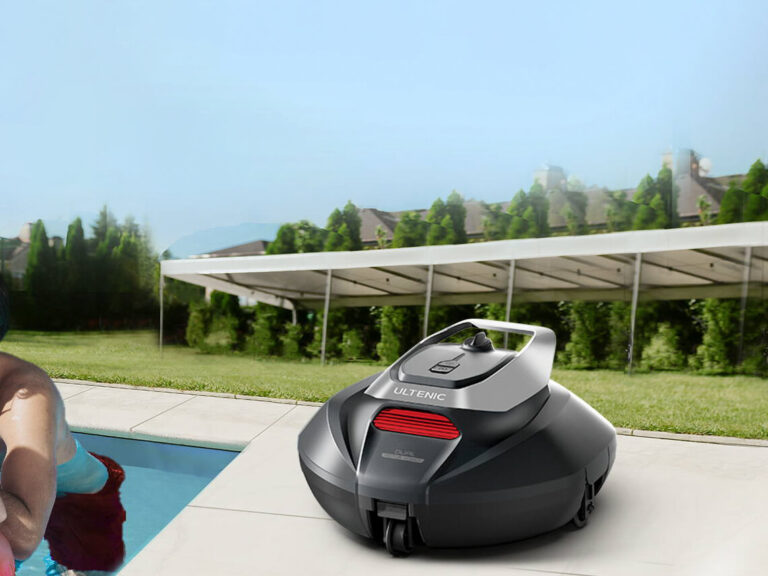- Navigation System

A sweeping robot equipped with a laser navigation system has a certain level of artificial intelligence, which can truly achieve automatic planning, automatic recharge, and other effects.
- Sensors
Cleaning robots are equipped with multiple sensors, each with its own characteristics. For example, cliff sensors can detect height differences and automatically stop the robot, while anti-collision sensors cause the robot to retract when it comes into contact with an object.
- Cleaning Effectiveness
As mentioned earlier, navigation systems allow for automatic planning of cleaning modes. Cleaning robots use high-speed motor operation to generate strong airflow within the main unit, creating a high-speed cyclone that sucks in waste through the suction port. The cyclone reaches a speed of 240 revolutions, causing pests and other debris to die upon impact inside the dustbin.
Conclusion: Overall, if you're going to purchase a cleaning robot, it's recommended to choose one with a laser navigation system, as the other three navigation systems are outdated. Nowadays, cleaning robots come equipped with artificial intelligence algorithms, so cleaning effectiveness is not an issue.



